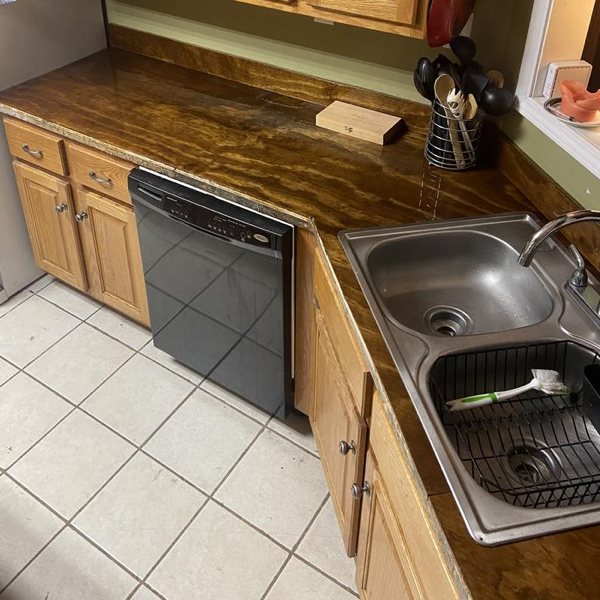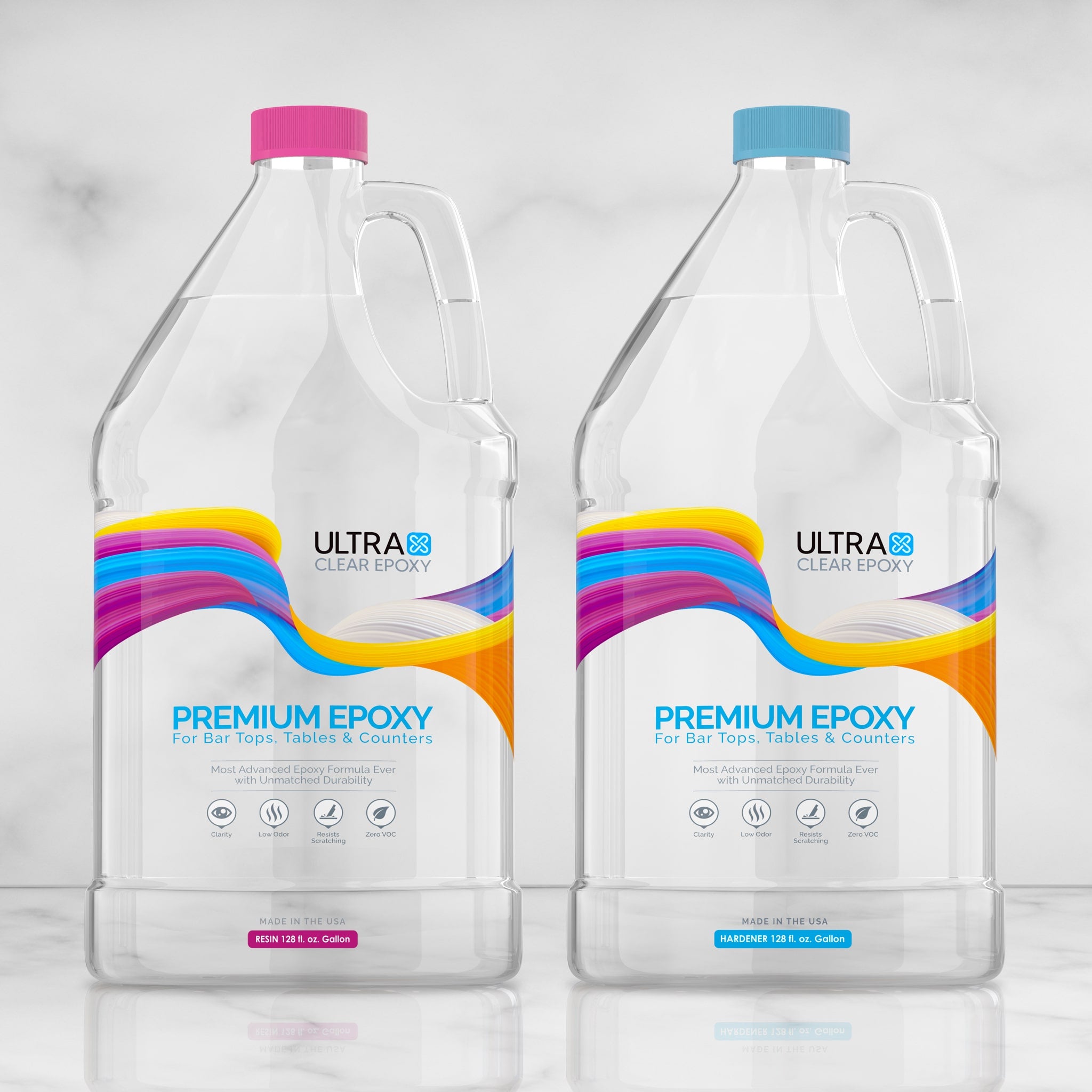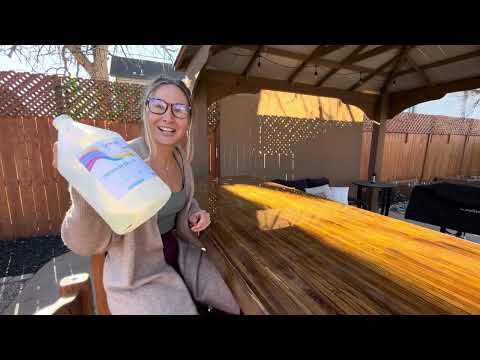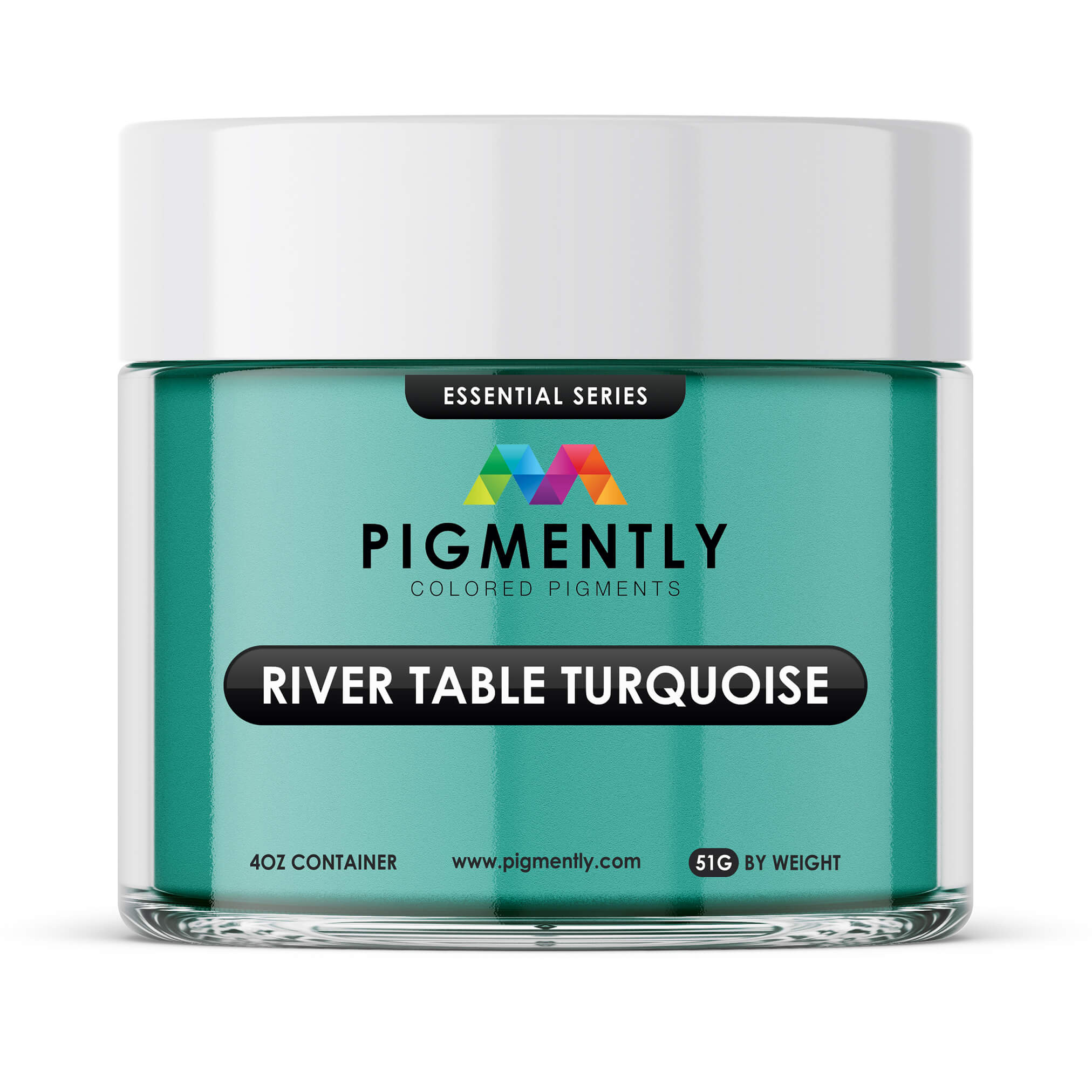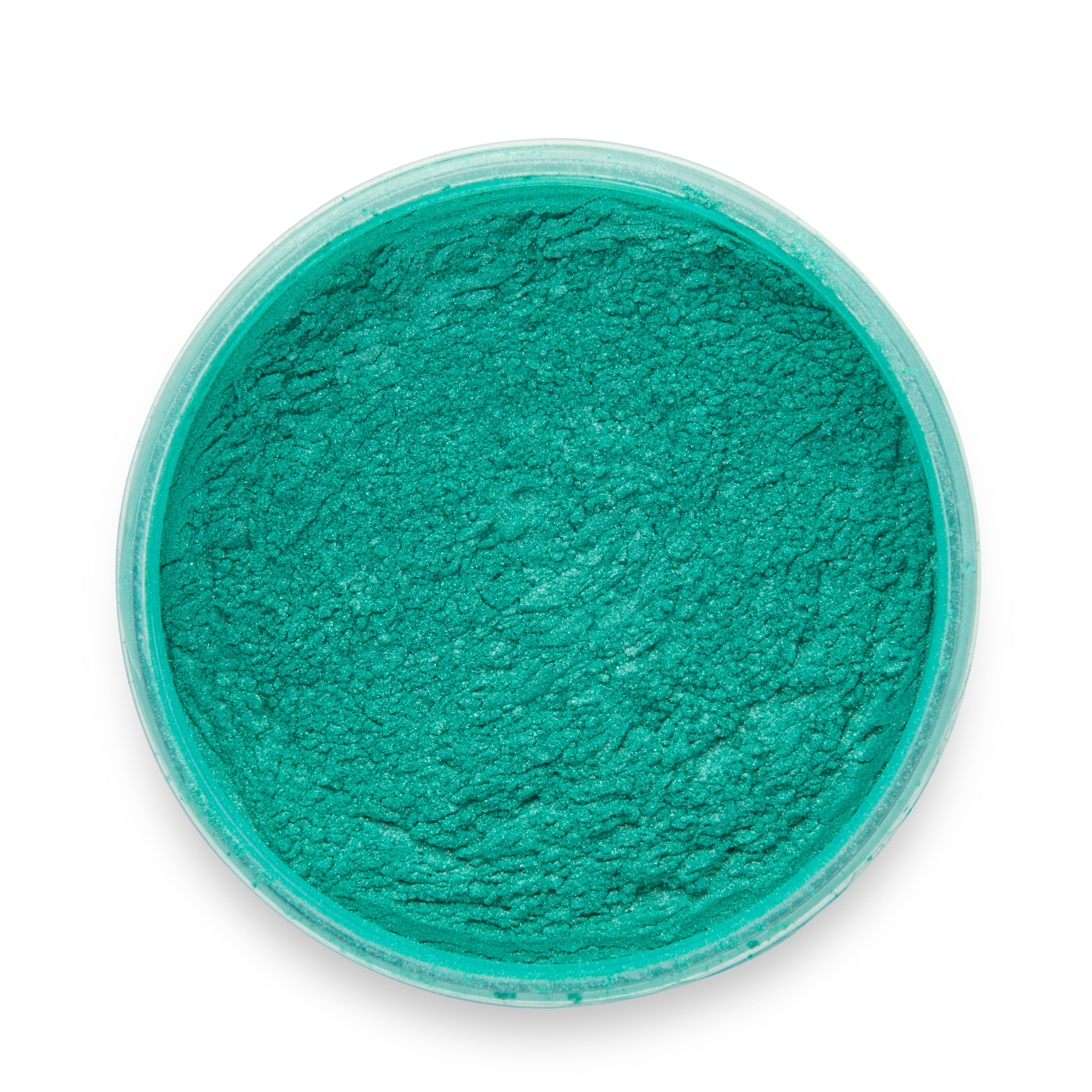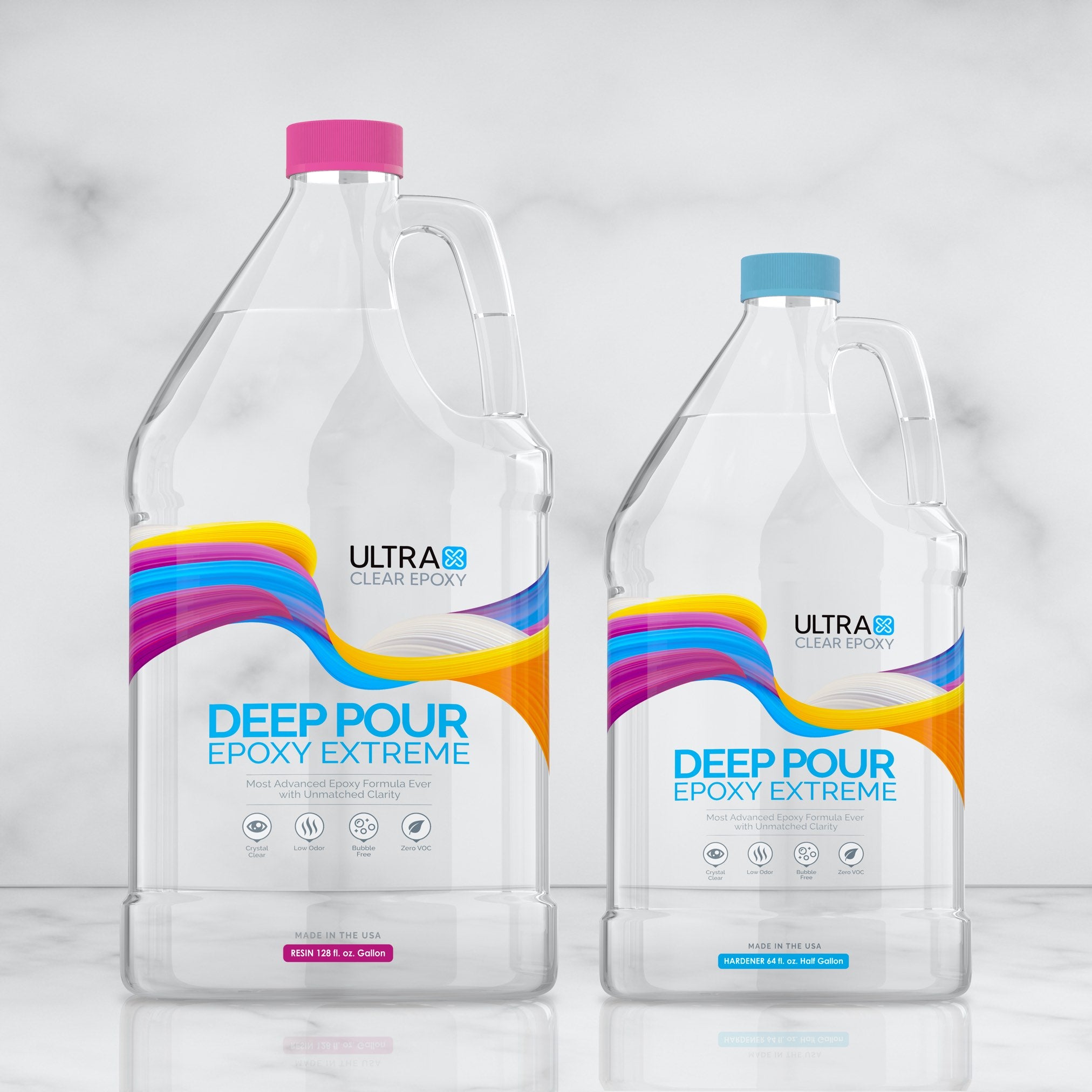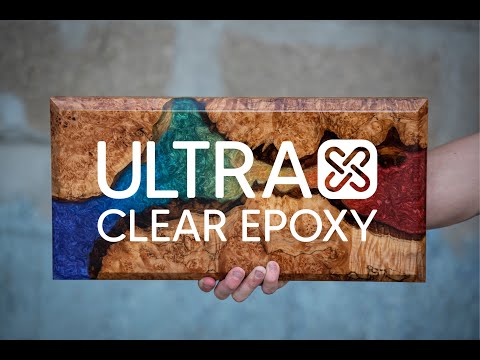Epoxy resin is a marvelous material. It's smooth but durable, while also being clear like glass yet far less fragile. This exceptional polymer is a common finishing choice for furniture, fixtures (e.g., countertops and bar tops), even floors and boats. It's also a beginner-friendly finish option, with low upkeep and maintenance requirements after the fact.
But the application of epoxy does have a few quirks. Its liquid starting form, which allows it to be applied and conform to any kind of shape or surface, is highly viscous. As a result, epoxy resin needs to be applied in layers; this prevents imperfections such as air bubbles from emerging and allows the epoxy to retain its crystal-clear appearance.
In many cases, an epoxy project—such as an epoxy table top—only calls for one layer of epoxy. Still, there are times when multiple layers are preferable or even required. It's in these situations that people tend to ask, "Do you need to sand between coats of epoxy?"
In this article, we'll explain when sanding is useful and when it's just an unnecessary extra step.
Do you need to sand between coats of epoxy?
Sanding is only required after certain types of coatings, and only if too much time has passed since they began curing.
One of the first things to understand is that there are different types of epoxy coatings. Some of these require sanding before additional coatings, while others do not.
Here are the three most common types of coatings:
- An epoxy seal coat
- An epoxy flood coat
- An epoxy deep pour coat
Let's take a look at each, one by one.
Epoxy seal coats
An epoxy seal coat is brushed onto the substrate surface to seal its pores. This pushes air out of them and prevents the formation of air bubbles later in the project. Because they are manually applied, these coats are usually quite thin, which is preferable as it allows air to more easily escape through the epoxy layer.
Seal coats are best made using Bar & Table Top Epoxy, which is strong and viscous, allowing it to be brushed onto surfaces at odd angles and settle without issue.
Seal coats do not typically require sanding afterward before applying an additional seal coat or moving on to a flood or deep pour coat.
Epoxy flood coats
An epoxy flood coat is the main coating for nearly all epoxy projects. This type of coating involves pouring a batch of resin directly onto the substrate surface (or into a mold) to fully coat it with a smooth, seamless epoxy resin layer.
Once the surface is covered, the epoxy is typically allowed to cure, though for multi-layer projects, the curing is only partial before the user applies the next layer.
Flood coats are almost always applied using Bar & Table Top Epoxy. Sanding is unnecessary between 4 to 10 hours after pouring. After 10 hours, a light sanding is recommended to give the next layer a stronger bond.
Don't attempt to apply a second layer before 4 hours have passed since pouring. This will ensure that the initial layer has time to cure a bit.
Epoxy deep pour coats
An epoxy deep pour coating uses Deep Pour Epoxy to create much thicker layers of epoxy. This works because deep pour epoxies are less viscous, so a deeper layer does not prevent the air from escaping.
Deep pour coats are the best choice for river tables, large epoxy veins, and for filling large silicone molds.
For deep coat layers, sanding is unnecessary between 4 to 10 hours after pouring. After 10 hours, a light sanding is recommended to give the next layer a stronger bond.
Sanding between coats of epoxy
Flood coats and deep pour coats both require a light sanding if more than 10 hours has passed since they started curing. This automatically includes fully cure epoxy finishes. Doing that will prepare the surface for another coating.
To accomplish this, you'll lightly scuff the surface with 220 to 300 grit sandpaper. Afterward, just wipe it down with denatured alcohol or acetone to clear away the sanding dust, and you can apply your next coating after that.
Learn more about how to sand epoxy in our sanding guide here.
Additional Resources
Here are some additional resources you may find useful:
- Guidelines for cleaning epoxy surfaces - Learn how to easily maintain your epoxy surfaces after they've finished curing.
- Do you need a topcoat on epoxy countertops? - Learn whether your countertops need a topcoat in this explainer.
- Epoxy resin FAQs: Bonding and curing - Answers to frequently asked questions about bonding and curing.
Have questions? Want advice? Contact us!
If you have any questions about sanding between epoxy coating applications, or if you'd like assistance in planning an epoxy project, please reach out to us at UltraClear Epoxy—our epoxy experts are ready to assist!
You can contact us via phone or email here. During business hours, you can also text chat online with one of our resin specialists by clicking the Help button at the bottom of your screen.
In our online store, you'll find a variety of useful tools and supplies, ideal for resin projects, plus our award-winning UltraClear Bar & Table Top Epoxy and our UltraClear Deep Pour Epoxy.

